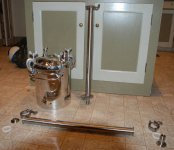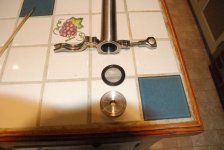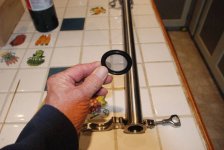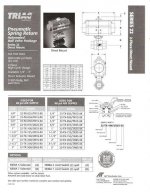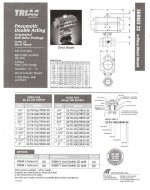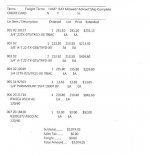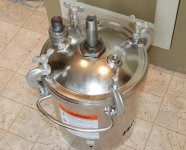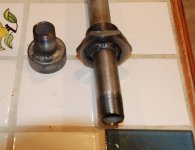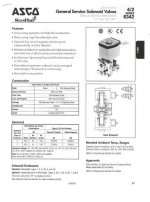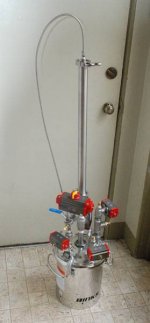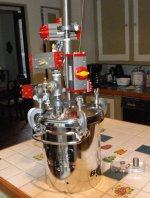DIDM, I think you are thinking of two different things.
"nitro" used in making ice cream is nitrous oxide. Not useful for this process at all.
Or you are thinking of liquid nitrogen, which is -196 deg C.
A tad too cold to be useful either.
I don't think lower temperatures make any difference in a closed system, not that I've found anyway. And anything below probably -10C is going to cause negative returns.
Freezing the material in a open tube extraction is different, but that's another subject...
RB
"nitro" used in making ice cream is nitrous oxide. Not useful for this process at all.
Or you are thinking of liquid nitrogen, which is -196 deg C.
A tad too cold to be useful either.
I don't think lower temperatures make any difference in a closed system, not that I've found anyway. And anything below probably -10C is going to cause negative returns.
Freezing the material in a open tube extraction is different, but that's another subject...
RB

